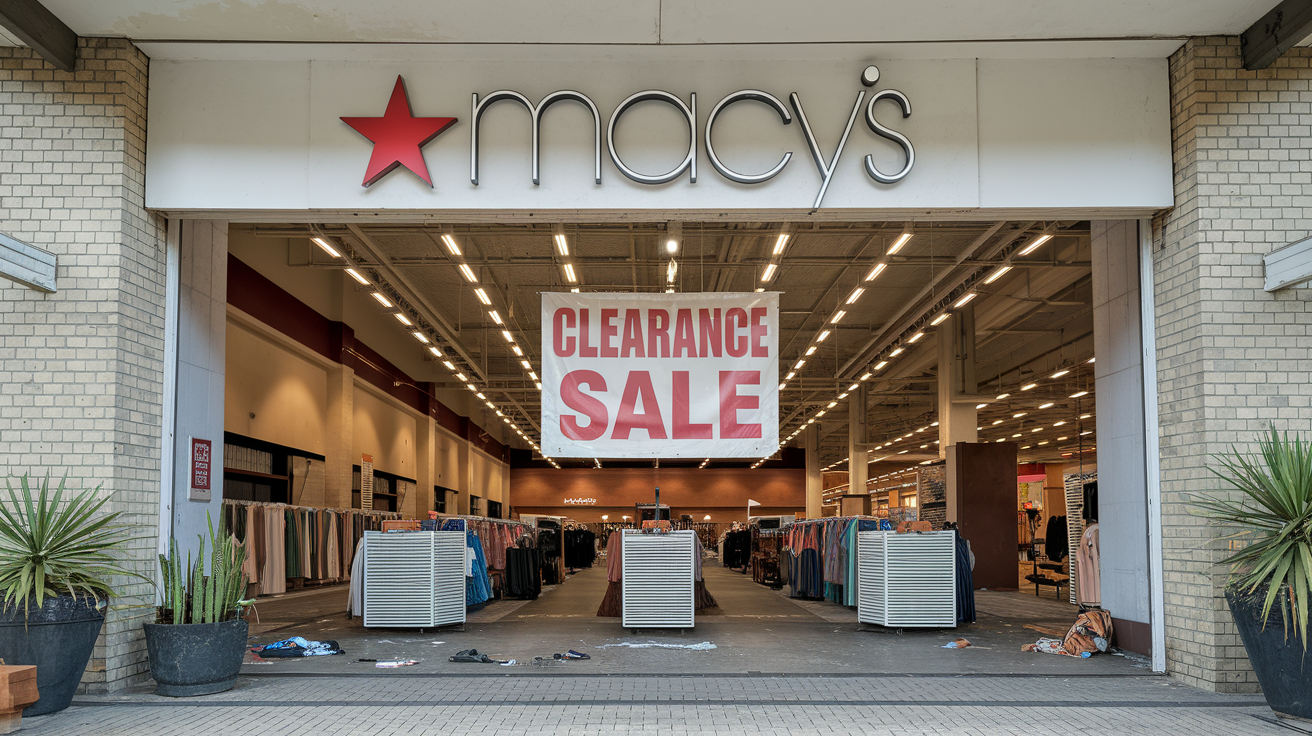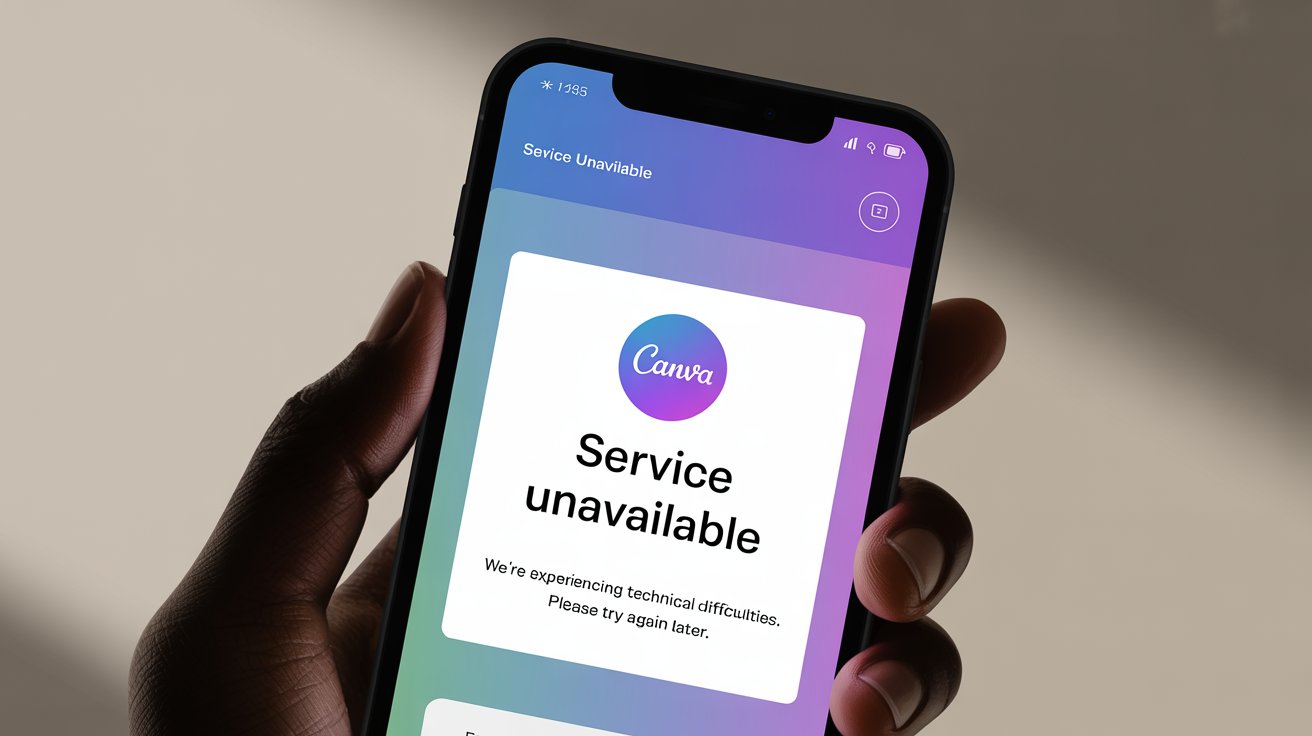Macy Stores Closing: The Story Behind the Retail Giant’s Strategic Shift
Macy’s, a name synonymous with American retail history, has been a cornerstone of shopping culture for over a century. However, in recent years, the retail giant has faced significant challenges, leading to the closure of numerous stores across the United States. This article delves into the reasons behind Macy stores closing, the impact on consumers and communities, and what the future holds for the iconic brand.
The Retail Apocalypse: A Changing Landscape
The retail industry has undergone a seismic shift in the past two decades. The rise of e-commerce giants like Amazon, coupled with changing consumer behaviors, has drastically altered how people shop. Traditional brick-and-mortar stores, including Macy’s, have struggled to adapt to this new landscape. This shift has been a primary driver behind the closure of Macy stores.

Macy Stores Closing: Reasons Behind Macy Stores Closing
- E-Commerce Boom The proliferation of online shopping platforms has significantly reduced foot traffic in physical stores. Consumers now prefer the convenience of browsing and purchasing products online, often at competitive prices. Macy’s has invested in its e-commerce platform, but the transition hasn’t been seamless, and many physical locations have become less viable.
- High Operational Costs Operating large department stores comes with high costs, including rent, utilities, and staffing. Many Macy’s locations are situated in prime real estate, making them particularly expensive to maintain. When sales don’t justify these expenses, closures become a necessary measure.
- Changing Consumer Preferences Modern consumers prioritize experiences over possessions. The demand for fast fashion, specialized brands, and unique shopping experiences has left traditional department stores like Macy’s struggling to keep up.
- Economic Downturns and Pandemic Effects The COVID-19 pandemic increased the decline of many retail establishments. Lockdowns, reduced consumer spending, and supply chain disruptions compounded Macy’s challenges, forcing the company to reevaluate its footprint.
Macy’s Store Closures: Key Milestones
Macy’s announced its “Polaris Strategy” in 2020, a comprehensive plan to streamline operations and focus on growth areas. As part of this strategy, the company planned to close 125 stores over three years. Here’s a closer look at the timeline:
- 2020: Macy’s closed approximately 30 stores, citing declining performance and the need to optimize resources.
- 2021: Another 45 stores were shuttered as the company continued to downsize.
- 2022-2023: Macy’s implemented further closures, with an emphasis on underperforming locations in malls that have seen reduced foot traffic.
These closures are part of a big effort to focus on high-performing locations and digital growth.
Macy Stores Closing: The Impact of Macy’s Closures
- Communities Macy’s stores often serve as anchor tenants in shopping malls. Their departure can lead to a ripple effect, reducing foot traffic and impacting smaller retailers within the same complexes. For communities, the closures mean job losses and fewer local shopping options.
- Consumers Loyal Macy’s customers have expressed disappointment over losing access to their favorite stores. While online shopping is an alternative, it cannot fully replicate the in-store experience, especially for products like clothing and cosmetics that many prefer to try before purchasing.
- Real Estate Vacant Macy’s locations pose challenges for real estate developers and landlords. Repurposing these large spaces requires significant investment and creativity, often leading to delays and prolonged vacancies.

Macy’s Strategic Adjustments
Despite the closures, Macy’s is far from throwing in the towel. The company has taken several steps to adapt to the changing retail environment:
- Digital Transformation Macy’s has ramped up its investment in e-commerce, focusing on creating a seamless online shopping experience. Features like personalized recommendations, easy returns, and efficient delivery have become key priorities.
- Small-Format Stores To cater to changing consumer preferences, Macy’s has introduced smaller, more specialized store formats, such as Market by Macy’s. These stores focus on curated product selections and enhanced customer service.
- Private Labels and Exclusive Brands Macy’s has expanded its range of private label and exclusive brands, offering unique products that differentiate it from competitors.
- Partnerships and Collaborations The retailer has collaborated with popular brands and designers to create exclusive collections, drawing in shoppers seeking unique offerings.
Macy Stores Closing: Lessons from Competitors
Macy’s isn’t the only retailer facing these challenges. Competitors like JCPenney and Sears have also struggled, with some declaring bankruptcy. However, companies like Target and Nordstrom have successfully adapted by embracing e-commerce, offering personalized shopping experiences, and focusing on niche markets. Macy’s can draw inspiration from these success stories to navigate its transformation.

Macy Stores Closing: The Future of Macy’s
While the closures have been a difficult but necessary step, Macy’s is positioning itself for a more sustainable future. The company’s focus on digital growth, smaller store formats, and exclusive offerings shows promise. However, its success will depend on its ability to execute these strategies effectively and stay ahead of consumer trends.
Conclusion
Macy Stores Closing: The story of Macy stores closing reflects broader trends in the retail industry. As consumer preferences evolve and technology reshapes shopping habits, traditional retailers must adapt or risk obsolescence. While the closures have been challenging for Macy’s and its stakeholders, they represent an opportunity for reinvention. For shoppers and industry observers, the next chapter in Macy’s journey will be one to watch.




Thanks for sharing. I read many of your blog posts, cool, your blog is very good.
I have not checked in here for some time since I thought it was getting boring, but the last few posts are good quality so I guess I will add you back to my daily bloglist. You deserve it my friend 🙂
I am curious to find out what blog platform you happen to be utilizing? I’m experiencing some minor security problems with my latest blog and I would like to find something more safe. Do you have any solutions?